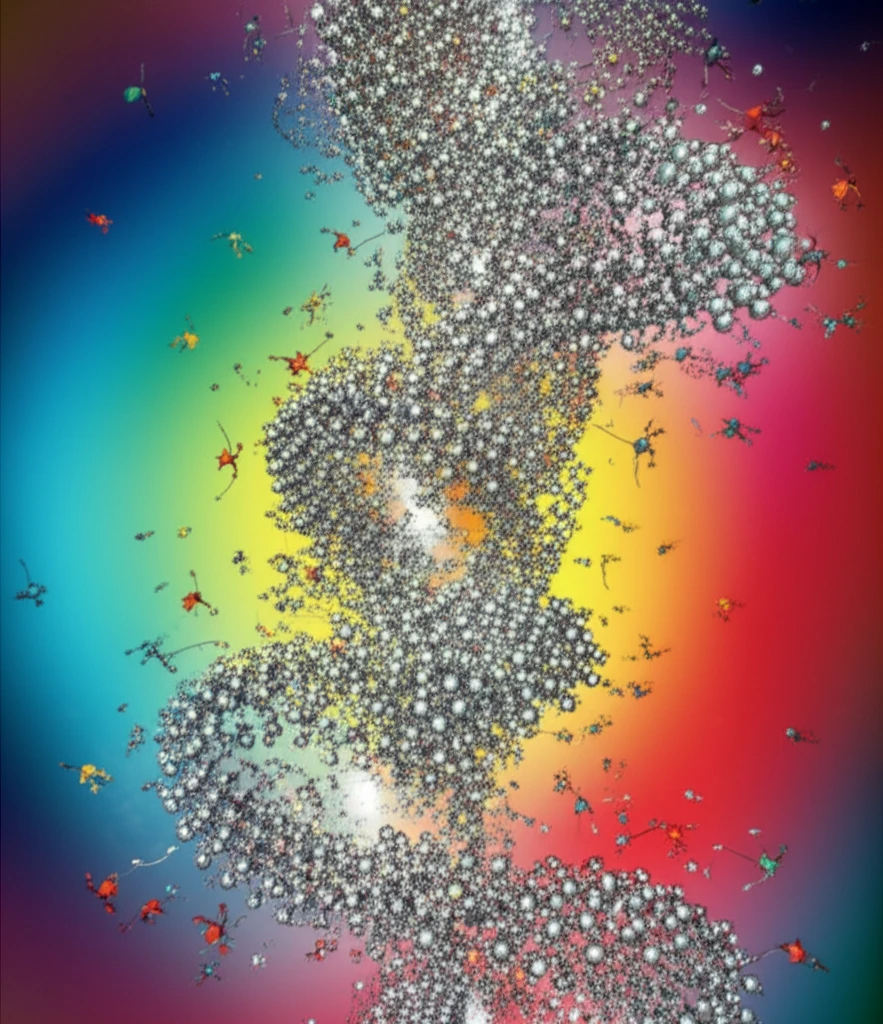
Chirality Control: How Tiny Tweaks Can Build Big Structures
"Unlocking the secrets of supramolecular polymerization for advanced material design."
Chirality, the property of a molecule that makes it non-superimposable on its mirror image (think of your left and right hands), plays a crucial role in determining the behavior of biological and chemical systems. At the supramolecular level, controlling chirality—or 'handedness'—becomes an art of balancing weak, non-covalent interactions. For years, scientists have been trying to figure out exactly how these tiny forces can be harnessed to build complex structures with specific functions.
Imagine building with LEGOs, but instead of snapping them together, they're held together by static electricity and gentle nudges. That's essentially how supramolecular polymerization works. Achieving precise control over the resulting structure requires a deep understanding of how each component interacts, and how the environment influences those interactions.
Now, a groundbreaking study featured in Angewandte Chemie sheds light on this delicate balance. Researchers have demonstrated how subtle changes in the environment—specifically, the type of counteranion and solvent used—can dramatically alter the chirality of luminescent platinum(II) complexes during supramolecular polymerization. This discovery paves the way for creating advanced nanomaterials with precisely tuned properties.
What's the Big Deal About Counteranions and Solvents?

The study focuses on pincer-type platinum(II) complexes, which are molecules with a central platinum atom bound to surrounding ligands in a way that resembles a pincer. These complexes are interesting because they can self-assemble into larger structures with unique optical and electronic properties. The key to controlling this self-assembly lies in carefully selecting the counteranions (negatively charged ions that balance the charge of the platinum complex) and the solvents used in the process.
- Counteranion Influence: Different counteranions (like PF6, OTf, and ClO4) interact with the platinum complexes to varying degrees, influencing how the molecules pack together. Some counteranions promote stable aggregates, while others allow for dynamic rearrangements.
- Solvent Effects: The choice of solvent also plays a critical role. By varying the ratio of water to acetonitrile, the researchers could fine-tune the interactions between the platinum complexes, leading to different chiral structures.
- Kinetic vs. Thermodynamic Control: The self-assembly process can be driven by either kinetic or thermodynamic factors. Kinetic control refers to the formation of structures that are easy to make but not necessarily the most stable in the long run, while thermodynamic control leads to the most stable arrangement over time.
Chiral Doping: A New Twist
In a particularly fascinating demonstration, the researchers showed that they could induce chirality in an achiral platinum complex by doping it with a chiral additive. This chiral doping approach provides a powerful way to create chiral supramolecular polymers from building blocks that would otherwise be non-chiral. The implications of this research extend far beyond the realm of platinum complexes. By understanding the fundamental principles that govern supramolecular chirality, scientists can design and create a wide range of advanced materials with tailored properties for applications in fields such as optics, electronics, and biomedicine.
